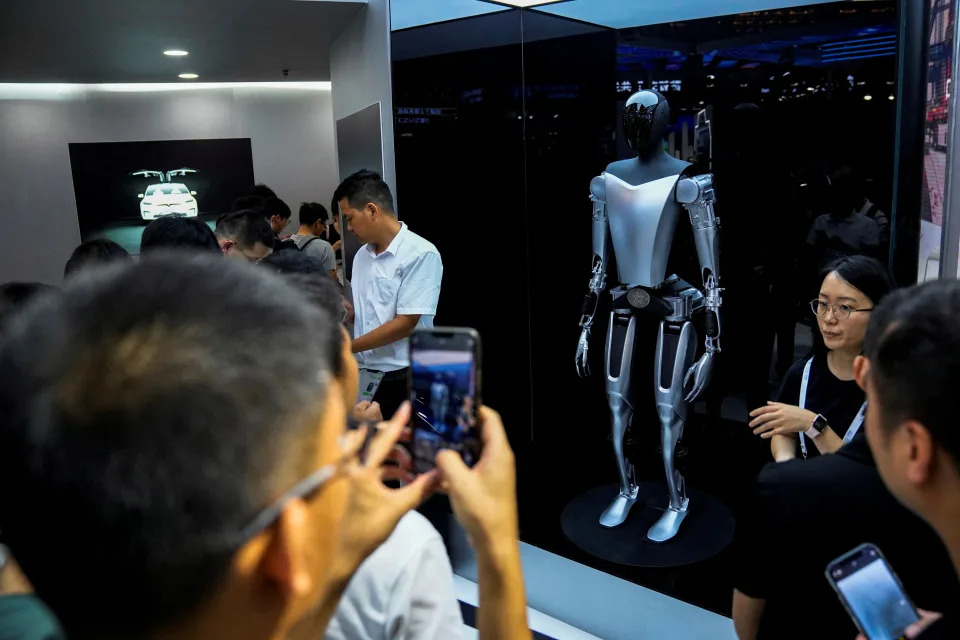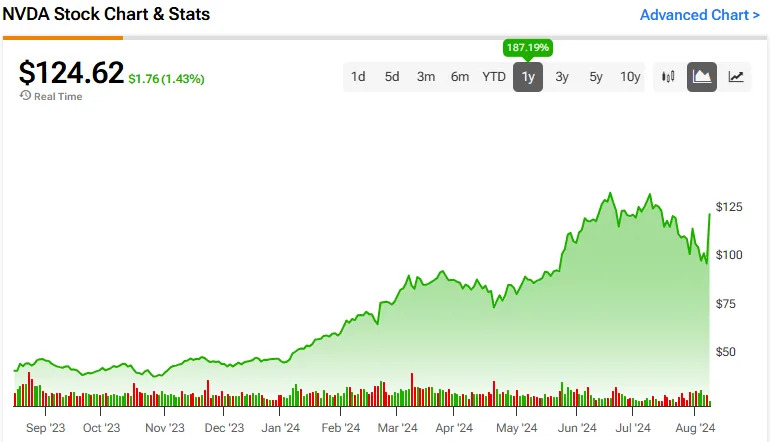When the Department of Defense commenced its robotics challenge in 2015, the stated goal was to develop ground robots that can aid in disaster recovery with the help of human operators. Each android was given an hour to complete eight tasks, which included driving a car and climbing some stairs.
Nearly a decade later, generative AI is accelerating that learning curve, pushing human-like machines to pick up new tasks in real time.
“The holy grail for us is what we call zero-shot learning, or the ability to show the robot what to do, and it can do it the same way that you do that task,” said Jeff Cardenas, co-founder of Apptronik, an Austin-based robotics maker.
That vision is slowly becoming reality. Last week, OpenAI-backed Figure unveiled the latest iteration of its humanoid robot. The robot is equipped with a vision language model that allows the machine to reason visually and self-correct learned behavior, according to the company’s claims.
And in June, Tesla ( TSLA ) presented an updated version of its Optimus robot at Tesla’s Investor Day and showed it roaming a factory floor. CEO Elon Musk touted the robot’s potential, saying it had the ability to push the company’s market cap to $25 trillion.

Robotics have been integrated into factory floors and warehouses to improve efficiencies for years. But current machines in use have largely been limited to moving from point A to point B and tackling a handful of tasks.
Humanoids that can adapt to existing environments have long been seen as the ultimate test if they can work alongside humans in spaces built for them.
“If you want a versatile robot, then having a robot that can retrofit into our environment so you don’t have to change anything seems important,” said Cardenas. “Today, three to six [times] the price of the robot is spent just integrating that robot into a new workflow.”
Nvidia humanoid ambition
Nvidia ( NVDA ) is driving rapid development through an ecosystem built specifically for humanoids. It combines high-powered chips that process data at high speeds with the omniverse, a digital world that allows users to train robots on skills applied in the real world.
The company announced the development of AI foundation models earlier this year. Just last month, Nvidia unveiled “NIM Microservices,” a visual training ground that allows generative AI models to visually interpret their surroundings in 3D.
“Before, when we used to do an AI model for doing a particular task, we had to train it with specific data for that task … and if you needed that AI model to do something different, you needed to retrain that model,” said Deepu Talla, Nvidia's vice president of Robotics and Edge Computing.
Nvidia’s ecosystem now enables robots to train using text and speech input, in addition to live demonstrations.

Those advancements have helped supercharge development at Apptronik, one of a handful of robotics companies Nvidia has partnered with. The company recently achieved a big milestone at its Austin headquarters when its humanoid robot, Apollo, autonomously performed tasks trained through visual learning. The machine was seen picking up a pair of socks and a hat and packing it into a box. A task that once took thousands of hours to train on took just 10 hours, according to the company.
“If we build big data sets of humans doing tasks in these environments and we have robots with the same morphology as a person, then that allows us to have robots that can do a whole wide range of tasks over time,” said Cardenas.
That potential has attracted record funding from investors. Humanoid robotics companies raised nearly $793 million in the first half of 2024, according to data from CB Insights.
Goldman Sachs projects the android market will reach $38 billion by 2035.
“If you have a robot that can really do anything a human can, then that fundamentally changes the economy as we know it, right?” said Sam Korus, director of Research, Autonomous Technology, and Robotics at Ark Invest. “Then there’s no more constraint on human labor.”
Tech leaders have been quick to caution that more humanoids won’t necessarily mean fewer human jobs. However, a report by Goldman Sachs estimates the machines are likely to substitute people in 5% to 15% of existing jobs in car manufacturing as well as in dangerous jobs, such as disaster rescue and nuclear reactor work. That demand is likely to push 1.1 million to 3.5 million units globally, according to the report.
Humanoids have already begun taking their first steps into reality. Musk has said two Optimus robots are working at Tesla’s Fremont factory, and he expects a few thousand to be deployed by next year. Amazon ( AMZN ) has partnered with Oregon-based Agility to utilize its Digit robot at a test facility. Apptronik is working with Mercedes-Benz to integrate Apollo into its manufacturing line.
Talla sees a humanoid future beyond industrial use. He expects androids to become as ubiquitous as smartphones and EVs, if companies are able to scale and bring costs down to $10,000 per machine.
“It needs to be economical, it needs to be intelligent, and it needs to be safe,” he said. “If those three conditions are met, then there’s no reason why every home should not have at least one humanoid or more.”





